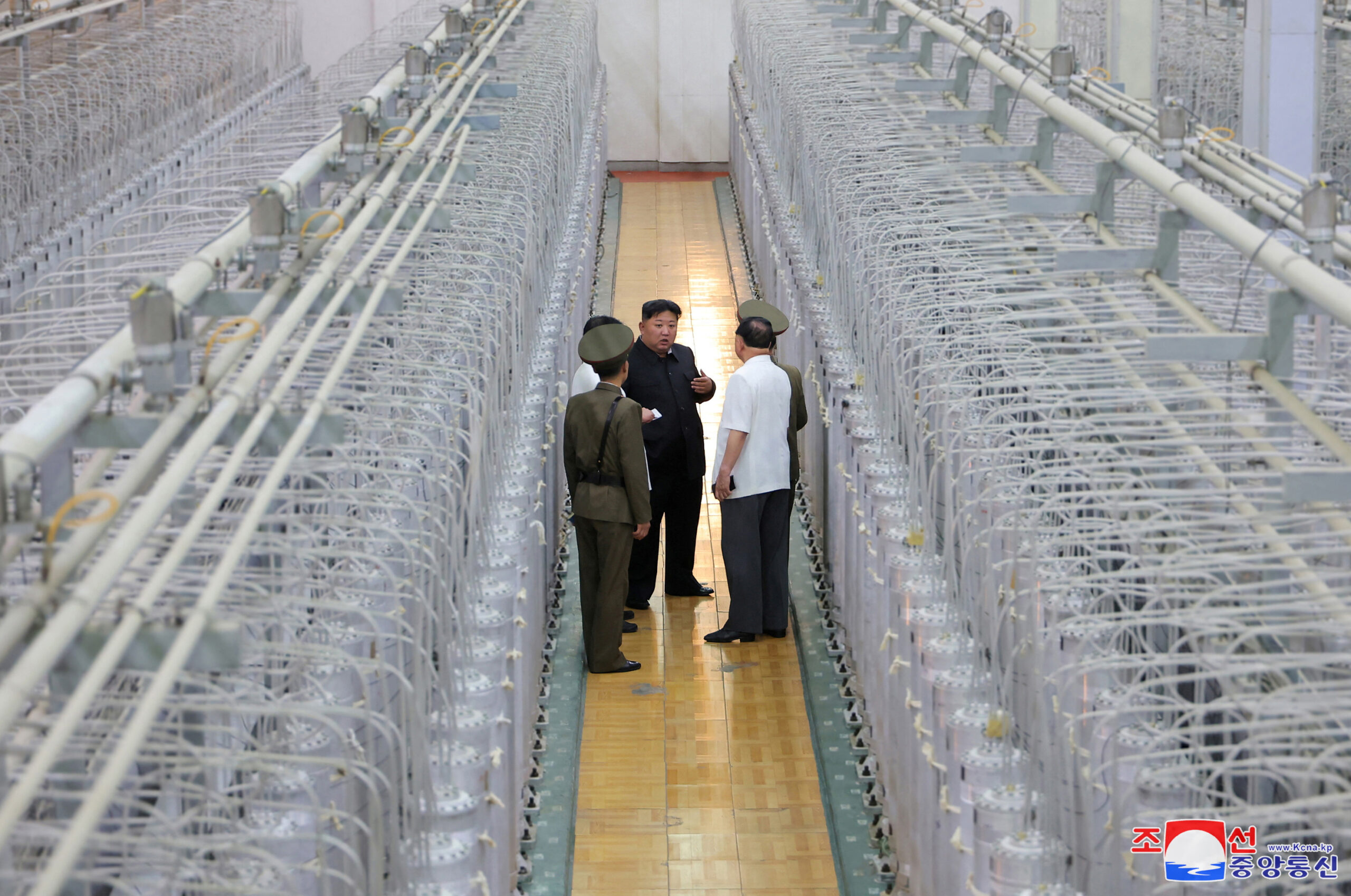Central Asia’s “Stans” – Kazakhstan, Turkmenistan, Uzbekistan, Tajikistan, Kyrgyzstan – the west had looked upon them expectantly when the Soviet Union crashed, had hoped to welcome new members to the club of eventually well-founded democracies. The expectation, or rather, the hope was that they would develop in the same way as the Baltic states had. Fast forward to thirty years after the Soviet sphere of influence started to crumble, and none of these countries are considered “free” by Freedom House’s “freedom in the world” ranking.
In most of the countries, former Communist Party functionaries took over after independence and have been ruling since (as is the case in Kazakhstan with Nursultan Nazarbayev), and Turkmenistan is only rivaled by North Korea and Eritrea in terms of lacking press freedom.
Of course, the region doesn’t present the best environment for democracies to prosper. Though especially Kazakhstan and Turkmenistan possess large natural resources, the area’s proximity to conflicts and countries which terrorist organizations operate out of (such as Afghanistan, Pakistan and the broader Middle East) means that, when presented the choice, the central Asian republics will commonly decide to put security first and move civil liberties further down the list of priorities. Turkmenistan, for instance, decided to outlaw beards in an effort to fight Islamic extremism. To what extent this measure was effective is, to put it mildly, up to debate. However, despite Islamic terrorism ravaging in many of the neighboring regions, the central Asian -stans have, in fact, managed to stay largely peaceful.
Not so peaceful was the response of the Kazakh government to a 2011 strike of the state-owned oil company’s oil workers in Zhanaozen – which came to an end when state security forces opened fire and killed at least 14 protesters.
In Turkmenistan, former longtime leader Saparmurat Niyazov created a crazy cult of personality around himself, insisting on being referred to as “Turkmenbashi” (leader of the Turkmen) and erecting golden statues of himself which turn with the sun. He also published the “Ruhnama” – a wild mixture of autobiography, revisionist history, glorification of the Turkmen and their past, as well as spiritual and moral guidance. It was placed on the same level with the Quran, was included in the school curriculum, distributed to all libraries, universities and government organizations, and Niyazov even went so far as to include tests on the book into the process of receiving one’s driver’s license.
Uzbekistan, too, ranks extremely lowly on freedom indices, with authoritarian governing styles perfected in Soviet times and censorship being omnipresent.
Their distance from the European Union and geographical as well as historical closeness to Russia certainly also play a role in the difficult development of the region. The only one of the countries that has any real foundation of democratic structures is Kyrgystan, the other nations remain autocratic, their rulers largely having taken over the structures of repression that were in existence before the fall of the Soviet Union, while cutting back on social programs as the redistribution within the Union had funded these social security systems.
After Russia regained strength following its relative weakness in the ‘90s and early 2000s, it has been playing a significantly more assertive role in central Asia, serving as a very important trade partner to the republics, and exerting political influence over the region as well. Russia sees any right to do so, as it views the region as its own backyard. Furthermore, due to their historical connection, it is more likely the central Asian republics are more open to cooperation with Russia than with other, more distant powers, and that Russia has a higher interest in maintaining a pro-Russian attitude within these countries than in Eastern Europe, which had been under Russian influence for shorter time and additionally was, and is, more exposed to the European Union and the West.
A new major player has emerged in the region, though: China, who, with their “new silk road” (belt and road initiative) has invested heavily into central Asia and in particular the -stans’ infrastructural development. However, for the same reasons that the West has faced difficulties implementing its interests, the Republics of the region are cautious about China’s involvement and sense it more as a threat than a business opportunity, as is the case with Russia.
While the Baltic states have made a full economic recovery after breaking away from the USSR and have now joined the EU, as have many of the eastern European countries formerly in the Soviet sphere of influence, central Asia remains an area troubled by economic hardship, poverty and lack of democracy. The systems have made a turnaround from “really existing socialism” to fully capitalist societies (and some of the former communist leaders now are some of the most determined capitalists), but the westerners’ hope that this would go hand in hand with the development of democratic structures proved incorrect. In part, this can be linked to the distance (physically and mentality-wise) of the west and democratic forms of government; the United States is pretty much on the other side of the world from Turkmenistan, Europe isn’t exactly close either and historically didn’t hold such power and ties with the region as did Russia. In part, it can be attributed to the fact that while the Eastern European countries had had experiences as independent states, the central Asian republics hadn’t, and in part it can be attributed to pre-existing structures and norms within society and leadership which allowed for the transition from Soviet authoritarianism to nationalist authoritarianism.
Now, the countries grapple with dictators and face the risk of sliding into third-world capitalism as it is common in many African countries, with an impoverished population and rampant corruption. It is evident that the West’s approach to the republics of central Asia following the collapse of the USSR was an incorrect one, as a quarter of a century later, the desired outcomes are yet to arise. Maybe it’s time to re-think.


